CJC-1295, Ipamorelin 10mg (No DAC) (Blend)
SKU
$90.00
CJC-1295 5mg, Ipamorelin 5mg (10mg Total Blend)
Size: 10mg
Contents: CJC-1295 5mg, Ipamorelin 5mg
Form: Lyophilized powder
Purity: >99%
CJC-1295 & Ipamorelin blend is Synthesized and Lyophilized in the USA.
Ipamorelin is a selective growth hormone secretagogue. It is a powerful research peptide and from an intense study has shown good results in improving bone health and aiding muscle repair. CJC-1295 is a growth hormone-releasing hormone and encourages growth hormone release and has had positive results in producing lean body mass and improving bone health. When blended together the benefits are increased.
PRODUCT USAGE WARNING : This PRODUCT IS INTENDED AS A RESEARCH CHEMICAL ONLY. This designation allows the use of research chemicals strictly for in vitro testing and laboratory experimentation only. All product information available on this website is for educational purposes only. Bodily introduction of any kind into humans or animals is strictly forbidden by law. This product should only be handled by licensed, qualified professionals. This product is not a drug, food, or cosmetic and may not be misbranded, misused or mislabled as a drug, food or cosmetic.
Description
BUY CJC-1295 IPAMORELIN BLEND PEPTIDE FOR SALE ONLINE
CJC-1295 & Ipamorelin Peptide Blend
Ipamorelin and CJC-1295 are both considered to be growth hormone secretagogues. Ipamorelin is a synthetic pentapeptide, and CJC-1295 peptide consists of 29 amino acids. Ipamorelin appears to fall into a category of peptides classified as growth hormone secretagogues (GHSs). These are peptides that are assumed to stimulate the release of the growth hormones, however are not considered growth hormone releasing peptides themselves. On the other hand, CJC-1295 has also been suggested by researchers to stimulate the release of growth hormone, primarily by mimicking the actions of the naturally occurring growth hormone-releasing hormone (GHRH). Both Ipamorelin and CJC-1295 peptides have been assigned by researchers to this class, studied for similar potential actions and apparently differing only in terms of their half-life and pharmacokinetic profiles.
CJC-1295 Ipamorelin Blend Duo Peptide For Sale online only at USA Peptide Store where you can buy USA Research Peptides online. Shop over 100 research peptides online now for fast shipping and the best deal! Buy in bulk and Save! USA Peptide Store Your #1 Trusted USA Research Peptides Supplier.
If this product does not meet your needs or interests, you may want to look at CJC1295, Ipamorelin, GHRP-2 Blend (9mg). Please visit this link for further information on our HGH Peptides and Peptide Blends.
Overview
CJC-1295 & Ipamorelin peptides both are suggested by researchers to augment the levels of the growth hormones through a possible triggering of the anterior pituitary gland. Scientists consider that once triggered, growth hormones may be naturally secreted, maintaining levels of growth hormones in the organism.
CJC-1295 peptide is a tetrasubstituted version of GHRH 1-29, developed to represent the shortest functional sequence of GHRH. GHRH 1-29 consists of the first 29 amino acids of the native GHRH peptide, and may potentially stimulate growth hormone production in pituitary gland cells, called somatotrophs. The peptide has four amino acid substitutions in its structure, which scientists suggest may enhance its activity and resistance towards proteolytic enzymes. More specifically, the amino acids which are replaced appear to be the 2nd, 8th, 15th, and 27th amino acids. Owing to these substitutions, the peptide might be able to bind covalently to blood albumin, with trace amounts possibly able to bind to fibrinogen and immunoglobulin G (IgG). As a result, the apparent half-life of the peptide may increase from 10 mins to 30 mins. This may lead to elevated levels of plasma growth hormone and insulin-like growth factor 1 (IGF-1).
CJC-1295 might also be linked with the purported drug affinity complex (DAC) element, which may attach to plasma proteins. In particular, the DAC element in CJC-1295 alludes to the connection of N-epsilon-3-maleimidopropionamide derivative of lysine at the C-terminal end. Merging the tetrasubstituted amino acid chain and the DAC element, CJC-1295 appears to display enhanced pharmacokinetics yet retains a comparable attraction to the GHRH receptors in the pituitary gland, similar to natural GHRH. More specifically, researchers comment that when the peptide was “selected for further pharmacokinetic evaluation, where it was found to be present in plasma beyond 72 h.”
Ipamorelin is a man-made pentapeptide, also known as NNC 26-0161, that is believed to associate with a specific receptor in the pituitary gland cells, termed the growth hormone secretagogue receptor (GHS-R1a). These receptors are considered to be located in the hypothalamus. Moreover, GHS-R1a is often referred to as the ghrelin receptors because ghrelin seems to be its primary natural ligand. Ipamorelin appears to stand out from other GHSs as a potentially more selective compound, which may possibly stimulate the release of GH levels by somatotroph cells without also increasing other hormones produced by the anterior pituitary gland, such as prolactin.
When the peptide blend, sometimes also called the peptide stack, is presented in combination, research studies typically report that the Ipamorelin exerts initial action, exhibiting some sign of impact within the first two hours of presentation, and as it starts to wean off, the CJC-1295 peptide may gradually supplement action. Research studies have studied the peptides alone and in combination for the following potential actions:
- possible improvement in bone density
- possible increase in lean muscle mass
- possible ability to burn fat quickly
- potential increased recovery time from injuries
- potential increased insulin sensitivity
- possible increased energy levels
Potential of CJC-1295 & Ipamorelin Blend
Ipamorelin is a growth hormone (GH) secretagogue that has been extensively studied in the diverse biological milieu. It happens to be one of the most selective secretagogues and is an apparent potent agonist of the growth hormone/ghrelin secretagogue receptor. This selectivity is attributed to the fact that Ipamorelin does not, in any way, appear to affect the secretion of other pituitary hormones. These include prolactin, follicle-stimulating hormone (FSH), luteinizing hormone (LH), thyroid-stimulating hormone (TSH), or Adrenocorticotropic hormone (ACTH).
Ipamorelin appears to act via the molecular mimicry of the natural hormone ghrelin, which triggers and stimulates the release of the growth hormone. This whole process is regulated by a negative feedback mechanism, which nullifies any ill effects of excess GH production. Since the ghrelin receptors are present in many different parts of the body, including the brain, heart, lungs, gastrointestinal tract, adipose tissue, kidney, pancreas, and immune system, Ipamorelin may be seen to affect all these systems. Based on their observations, researchers have reported that Ipamorelin may improve bowel movement and gastric function, enhancing the development and repair of muscles, facilitating the release of insulin hormone from the pancreas, and stimulating the growth of bones. In addition to all these functions, Ipamorelin may also be involved in cellular repair, skin rejuvenation, increased collagen production, and overall freshness to the skin. It has also been suggested to improve cognitive function and sleep quality, strengthen the immune system and reduce the risk of cardiovascular diseases. CJC-1295 & Ipamorelin blend has been used in adjunction to potentially stimulate balanced muscle growth and improve injury recovery time, sleep, and cognitive function.
Peptide CJC-1295 is a synthetic analog of a naturally-occurring peptide hormone, somatocrinin. It is also reported to promote the release of GH via stimulation of the growth hormone-releasing hormone receptor. They are mainly suggested to cause secretion of the growth hormone in a pulsatile manner. Since this process is also regulated via a negative feedback mechanism, ill-effects of excessive growth hormone production appear to be avoided. They have also been associated with high selectivity and a beneficial influence on the development and growth of muscles, lean body mass, bone health, and insulin resistance. In addition to this, CJC-1295 may have anti-aging effects. Alba et al. reports that mice treated every 48 and 72 h reached higher body weight and length than placebo-treated animals. It is suggested to be involved in cellular repair and regeneration processes as well. More specifically, the researchers share that they conducted an additional investigation into the potential of CJC-1295 on a murine model of GHRH gene ablation (GHRHKO) and related growth decline. It was hypothesized that the CJC-1295 group displayed apparently normal body weight and length, which potentially indicates a positive growth response. When evaluating the possible impact of CJC-1295 on bone length and body composition, the femur and tibia length appeared to remain within normal ranges, as well as lean mass and subcutaneous fat mass. Further analysis revealed that CJC-1295 influence potentially led to an increase in total pituitary RNA and GH mRNA levels. This may possibly suggest that the introduction of the peptide may have potentially caused a proliferation of somatotroph cells, which are the natural cells with GH-producing potential in the pituitary gland. The hypothetical presence of these proliferating cells was suggested through immunohistochemistry images. CJC-1295 has also been suggested to be beneficial to the immune system and cognitive function. Research on animal systems has indicated that combinatorial use of CJC-1295 & Ipamorelin blend may bring about improved benefits. They appear to positively influence the growth hormone axis through two different pathways but do not increase the possible side effects of treatment.
CJC 1295 Specifications
MOLECULAR FORMULA: C152H252N44O42
MOLECULAR WEIGHT: 3647.954 g/mol
SEQUENCE: H-Tyr-D-Ala-Asp-Ala-Ile-Phe-Thr-Gln-Ser-Tyr-Arg-Lys-Val-Leu-Ala-Gln-Leu-Ser-Ala-Arg-Lys-Leu-Leu-Gln-Asp-Ile-Leu-Ser-Arg-Lys(Mal)-NH2
PUBCHEM: CID 56841945
RECONSTITUTION: Required
OTHER: DOES NOT CONTAIN DAC
Ipamorelin Specifications
MOLECULAR FORMULA: C38H49N9O5
MOLECULAR WEIGHT: 711.85 g/mol
SEQUENCE: Aib-His-D-2-Nal-D-Phe-Lys-NH2
PUBCHEM: CID 20754357
CAS NUMBER: 170851-70-4
RECONSTITUTION: Required
IPAMORELIN PEPTIDE AND THE DIGESTIVE SYSTEM
Ipamorelin appears to exert a positive action on gastric function by its possible activation of the ghrelin receptors. In one study, the researchers investigated the potential mechanisms involved in the apparent acceleration of gastric emptying by Ipamorelin. Gastric emptying was measured by determining the percentage of total recovered radioactivity remaining in the stomach 15 minutes after intragastric gavage of a specific substance. The scientists commented that abdominal surgery may have caused a delay in gastric emptying, with a notable amount of the meal potentially remaining in the stomach in the vehicle control group. However, Ipamorelin appeared to cause a significant acceleration of gastric emptying compared to the vehicle control group. This suggests that Ipamorelin may have the potential to speed up the process of gastric emptying. The researchers then assessed the potential action of Ipamorelin on the contractility of gastric smooth muscle induced by acetylcholine and electrical field stimulation. The results suggested that abdominal surgery and intestinal manipulation may lead to a marked inhibition of the contractile responses of gastric smooth muscle to acetylcholine and electrical field stimulation. However, this inhibition may have been reversed when Ipamorelin and ghrelin were co-presented. This suggests that Ipamorelin may hypothetically stimulate gastric contractility and may potentially reverse the inhibitory action caused by the procedures.
As a consequence of its potential in digestive functioning, the peptide may therefore increase appetite and weight gain. According to one trial, Ipamorelin may have induced an apparent increase, by approximately 15%, in body weight of the test models. It is hypothesized that Ipamorelin potentially increased the weights of fat pads in relation to body weight, which hypothetically led to an increase in relative body fat as quantified by dual energy X-ray absorptiometry (DEXA). Additionally, Ipamorelin appeared to potentially increase the levels of serum leptin, a hormone believed to be involved in regulating energy balance and appetite. Therefore, the researchers posited that food intake may have been increased in the Ipamorelin groups.
CJC-1295 PEPTIDE AND THE PITUITARY GLAND
CJC-1295 appears to target the GHRH receptor of pituitary cells, potentially interacting with specific binding sites on the receptor protein. This interaction may lead to changes in the receptor’s structure, potentially initiating a series of molecular events that may activate signal transduction pathways within the target cells. The binding-induced conformational changes may facilitate the activation of G-proteins, which are signaling proteins hypothesized to be found on the intracellular side of the GHRH receptor. Once activated, these G-proteins may stimulate the production of second messengers like cAMP or IP3, which possibly act as secondary signaling molecules, potentially further propagating the signal within the cell. These second messengers, particularly cAMP, may activate protein kinases, enzymes considered responsible for phosphorylating target proteins. Protein kinases play a possible role in regulating various cellular processes. The activation of protein kinases may lead to the phosphorylation of transcription factors, which are proteins that potentially play a role in controlling gene expression. Phosphorylated transcription factors may enter the nucleus and potentially modulate the transcription of specific genes that have been associated with growth hormone synthesis and secretion. Overall, the molecular events apparently triggered by the binding of CJC-1295 potentially result in the fusion of secretory vesicles containing growth hormone with the plasma membrane. This fusion may enable the release of growth hormone outside the pituitary cells, possibly allowing it to exert biological action.
CJC-1295 & Ipamorelin Blend – Potential Synergy
Ipamorelin appears to work by increasing the basal expression of GH. CJC-1295 may then act upon the higher basal levels of GH to potentially improve the threshold for both high and low GH levels while maintaining the hormone expression cycle. CJC-1295 & Ipamorelin blend may positively influence the body by improving lean body mass, better utilization of insulin, superior muscle development, and overall improved metabolic capabilities. This is suggested by the positive nitrogen balance reported in some studies. In one trial, researchers aimed to examine the metabolic potential of Ipamorelin on specific hepatic indicators of alpha-amino-nitrogen conversion during catabolism apparently induced by steroids. The researchers assessed the hepatic capacity for synthesizing urea-N (CUNS), which is a potential indicator of nitrogen metabolism in the liver. They measured the apparent levels of messenger RNA (mRNA) associated with urea cycle enzymes in the liver, evaluated the overall nitrogen balance of the body, and hypothesized the nitrogen contents of various organs. It is suggested that Ipamorelin possibly resulted in a 20% reduction in CUNS when compared to the catabolic state induced by steroids. Additionally, it may have potentially lowered the expression of urea cycle enzymes, restored nitrogen balance, and hypothetically normalized or improved the nitrogen contents in organs.
Finally, since these peptides appear to have slightly different pharmacokinetics, their combinational use may have wide benefits. CJC-1295 (when with DAC) appears to possess a longer half-life of about 6-8 days, which would mean a sustained increase in growth hormone levels. Having an apparent shorter half-life, Ipamorelin is likely to produce quick action and be cleared rapidly from the blood. Therefore, the two peptides may be used to provide a rapid onset of action with Ipamorelin and prolonged effects with CJC-1295.
Ipamorelin
Ipamorelin is one of the most selective growth hormone (GH) secretagogues known and a potent agonist of the ghrelin/growth hormone secretagogue receptor. It has been heavily researched in a number of settings and is known to, improve bone health, boost muscle repair and development, stimulate insulin release from the pancreas, and improve bowel motility and gastric function.
CJC-1295
CJC-1295 also causes the release of GH, but it does so by stimulating the growth hormone releasing hormone receptor. It is also highly selective and has demonstrated positive benefits on bone health, lean body mass, insulin resistance, and muscle growth and development. By combing the two peptides, it may be possible to produce enhanced effects because they stimulate the growth hormone axis via two different mechanisms. Research in animal models using both peptides is likely to show increased benefit without substantially increased side effects.
Ipamorelin is likely to raise baseline levels of GH such that CJC-1295 will be able to produce both higher peaks and higher troughs while preserving normal growth hormone pulsatile secretion. The net effect of combing the peptides would be a higher set point for the normal ebb and flow of GH, resulting in improved lean body mass, better muscle development, improved use of insulin, and overall better metabolic function.
CJC-1295 & Ipamorelin Blend and Half Life Determination
Clinical studies have been conducted on test subjects to determine the half life of and individual pharmacokinetic profiles of the two peptides. In one late 1990s study, a clinical trial was conducted on eight male test subjects with a concentration escalation design. The level of growth hormones was monitored after every instance of peptide presentation. At the end of the study, it was suggested by the researchers that there was a single episode of growth hormone release with the highest peak at 0.67 hours, after which there was an exponential decline up to negligible concentrations of the compound. This study concluded that the Ipamorelin peptide appeared to exhibit a short half-life of 2 hours, after which the potential action appears to begin to decline.
CJC-1295, by contrast, appears to have a much longer half-life. Researchers comment that a single introduction of the peptide may upregulate growth hormone production by somatotrophs for prolonged periods of time, thus apparently contributing “to an overall increase in [growth hormone] secretion … by 46%” and also potentially upregulating its main anabolic mediator insulin-like growth factor-1 (IGF-1) by 45% on average. Another publication also observes that CJC-1295 may potentially upregulate “[growth hormone] concentrations by 2- to 10-fold,” and estimates that the half-life of the peptide ranges between 5.8 – 8.1 days.
CJC-1295 & Ipamorelin Blend General Research
In this early 2000s study, a clinical trial was conducted on male test subjects aged between 20 and 40 years old. Test subjects were divided into two groups; one group was presented with the placebo and the other with the peptide. Blood was sampled from the subjects one week before and after the presentation of CJC-1295 peptide (and placebo) to monitor the levels of growth hormone pulsatility. At the end of the study, it was suggested that CJC-1295 contributed to a 7.5-fold increase in the growth hormone pulsatility levels as compared to that of the placebo. Apart from apparently affecting the synthesis of growth hormone, scientists also suggest that CJC-1295 may interact with the survival and proliferation of the cells that synthesize it – the somatotroph cells in the anterior pituitary gland. In one study on murine models, the authors commented that “CJC-1295 caused an increase in total pituitary RNA and GH mRNA, suggesting that proliferation of somatotroph cells had occurred, as confirmed by immunohistochemistry images.”
To exert these apparent effects, CJC-1295 appears to interact with specific binding sites on the GHRH receptor protein, leading to conformational changes in the receptor structure and potentially initiating a cascade of molecular events. The binding appears to activate intracellular signaling proteins that potentially act as molecular toggles. These proteins are often referred to as G-proteins, which, upon activation, might drive the generation of secondary messengers like cyclic adenosine monophosphate (cAMP) or inositol trisphosphate (IP3. Secondary messengers such as cAMP may set in motion protein kinases, enzymes believed to alter distinct proteins. These kinases possess a modulatory capacity for cellular activities and might phosphorylate transcription regulators, or proteins overseeing gene modulation. Once phosphorylated, these transcription regulators could migrate into the nucleus of somatotroph cells, possibly impacting genes associated with growth hormone formation.
On the other hand, Ipamorelin appears to interact with the anterior pituitary gland cells via the N-terminus of GHS-R1a, which has binding sites that appear to recognize specific sequences in the secretagogue. When Ipamorelin meets this receptor, it may attach in a non-permanent way through forces like hydrogen bonds and forces between molecules called van der Waals forces. This attachment might make the receptor change its shape, which could start cell signals, mainly those involving G-proteins. GHS-R1a might work with a specific part of G-proteins called Gαq/11. A main process started by GHS-R1a involves an enzyme called phospholipase C (PLC). Gαq/11 interacts with PLC, which may split a fat-like molecule, phosphatidylinositol 4,5-bisphosphate (PIP2), into two messaging molecules: IP3 (Inositol trisphosphate) and DAG (Diacylglycerol). IP3 appears to attach to places on a cell part called the endoplasmic reticulum, causing calcium ions (Ca2+) to be released. Also, DAG might turn on an enzyme called protein kinase C (PKC), which may add phosphate groups to other signaling molecules. All these steps might end with the ‘turning on’ of proteins that help release growth hormone from certain cells in the pituitary gland.
CJC-1295 & Ipamorelin Blend and Nitrogen Balance
The apparent synergistic action of CJC-1295 and Ipamorelin on the production of growth hormone by the somatotroph cells in the anterior pituitary gland appears to result in a positive nitrogen balance and potential increase in lean mass in test models. In a particular study, investigators sought to probe the metabolic capabilities of Ipamorelin within the context of certain hepatic markers related to alpha-amino-nitrogen processing during an artificlaly triggered catabolism. The team evaluated the liver’s ability to produce urea-N (CUNS), a potential metric of nitrogen processing within the liver. They examined the observable levels of messenger RNA (mRNA) linked to enzymes of the urea cycle in the liver, gauged the overall nitrogen equilibrium, and postulated the nitrogen quantities in different organs. It was proposed that Ipamorelin might have led to a 20% decline in CUNS, in contrast to the catabolic condition that was artificially prompted by the researchers. Moreover, it could have conceivably decreased the manifestation of urea cycle enzymes, reinstated nitrogen equilibrium, and theoretically adjusted or enhanced the nitrogen values in organs.
Buy Wholesale CJC-1295 Ipamorelin Blend Peptide From USA Peptide Store
At USA Peptide Store, our research peptides are of the highest purity and pharmaceutical grade. Our CJC-1295 Ipamorelin Blend Peptide comes in 10mg (CJC-1295 5mg, Ipamorelin 5mg). We’re passionate about our products, and we always strive to provide our customers with the best in both selection and quality. All of the products we provide are tested to verify authenticity and purity, so you can conduct your research with confidence.
Searching for CJC-1295 Ipamorelin Blend Peptide for sale? Look no further! Our online peptide store offers a wide range of CJC-1295 Ipamorelin Blend Peptide, perfect for your research needs. Whether you’re in the United States, Australia, Canada, Germany, Sweden, France, Turkey, Thailand, Italy, Netherlands or the United Kingdom, we have you covered. We provide fast and secure shipping to multiple countries, ensuring that you receive your order conveniently and on time. Purchase CJC-1295 Ipamorelin Blend Peptide that are now available for sale and in stock. With our competitive prices and extensive inventory, you can trust us to be your reliable source for CJC-1295, Ipamorelin 10mg (No DAC) (Blend).
Want to learn more about our products or have a question about payment options? Our customer service team is here to help. So, what are you waiting for? order CJC-1295 Ipamorelin Blend Peptide For Sale and experience first-hand quality service, prompt response and quick shipping. Stock up on the highest quality CJC-1295 Ipamorelin Blend Duo Peptide For Sale and more at USA Peptide Store today.
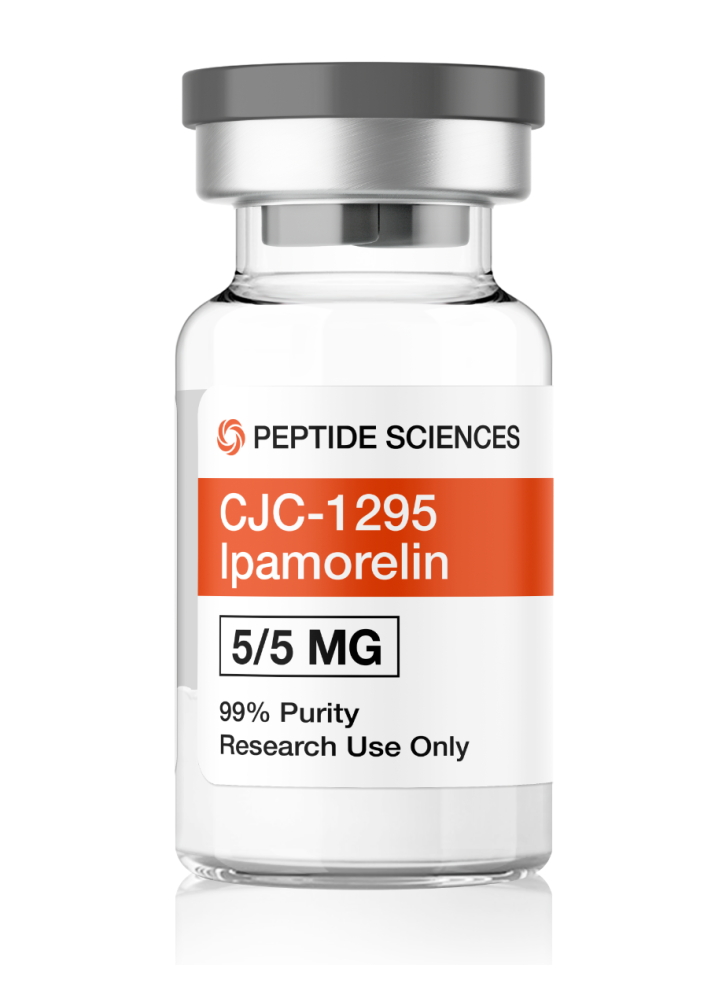
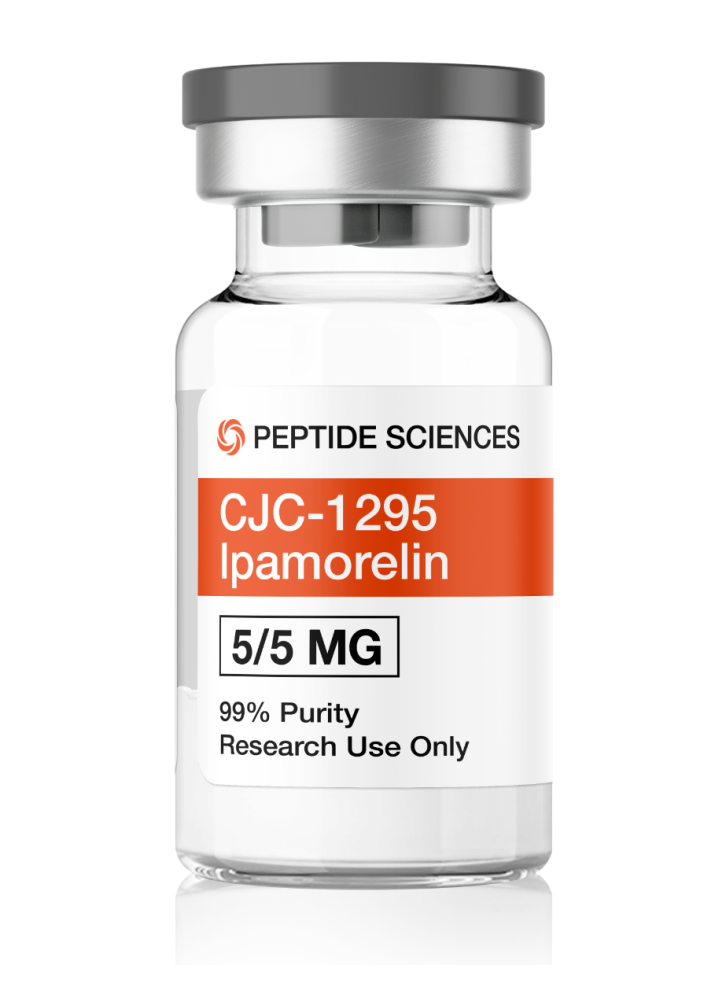
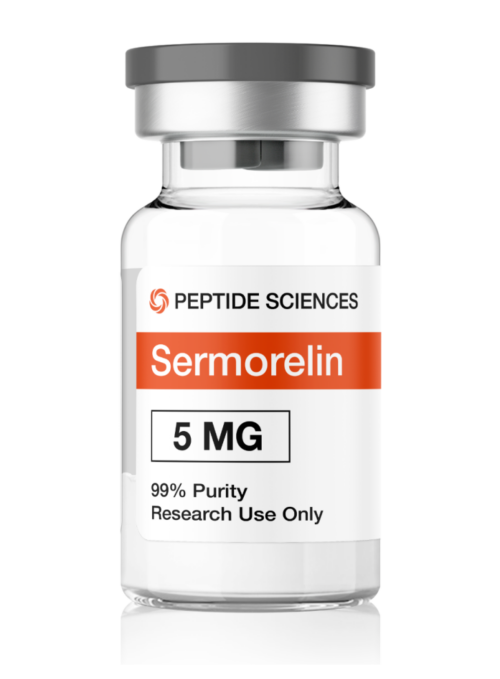
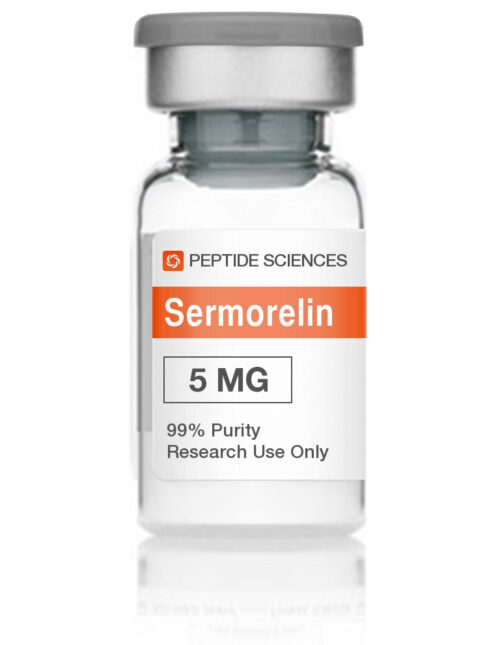
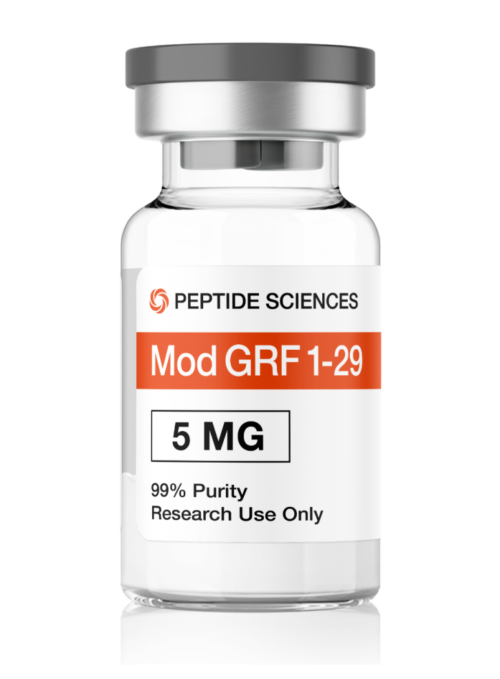
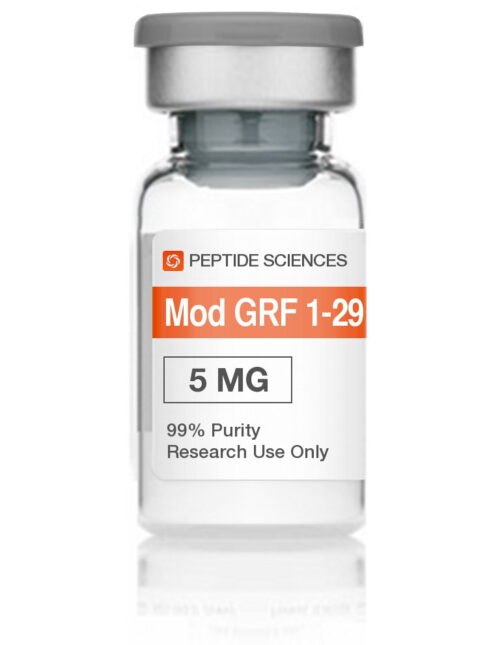
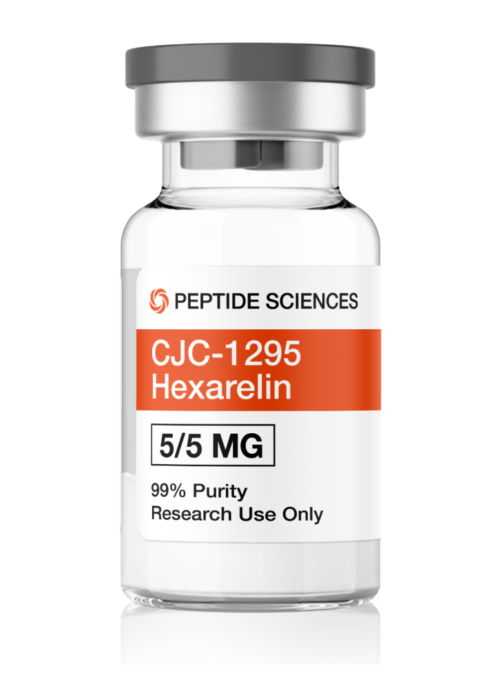
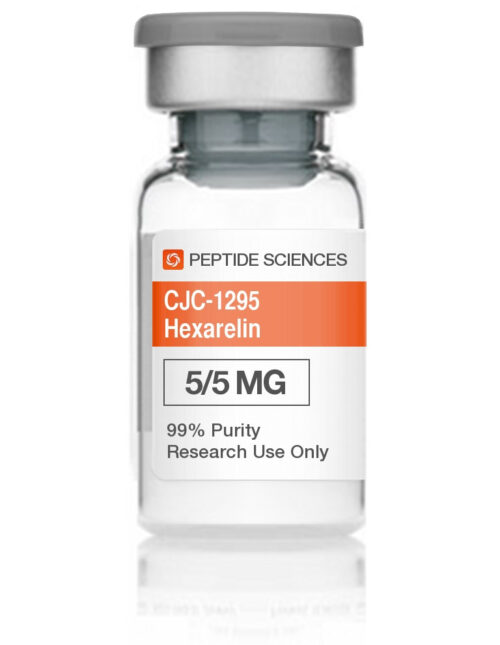
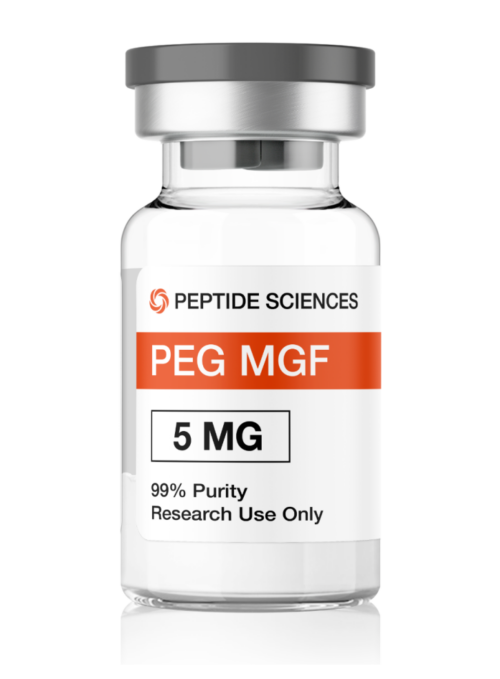
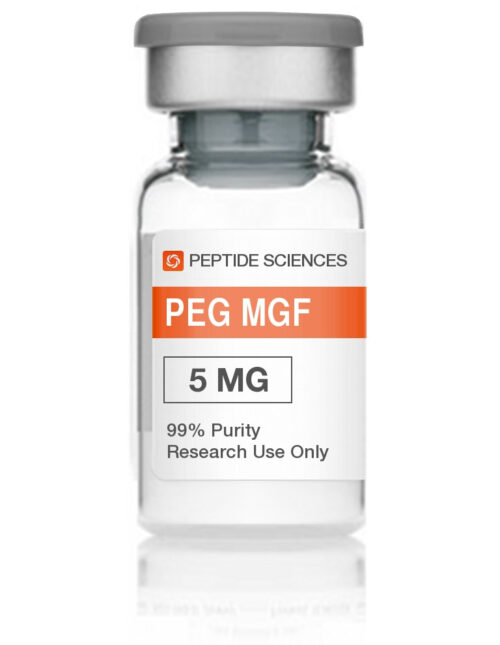
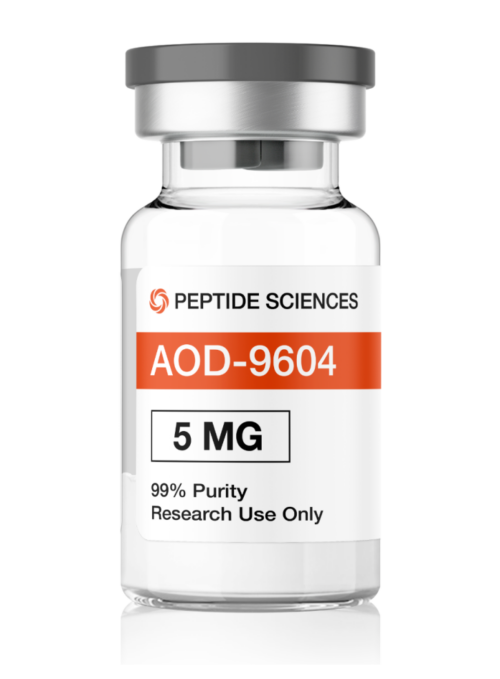
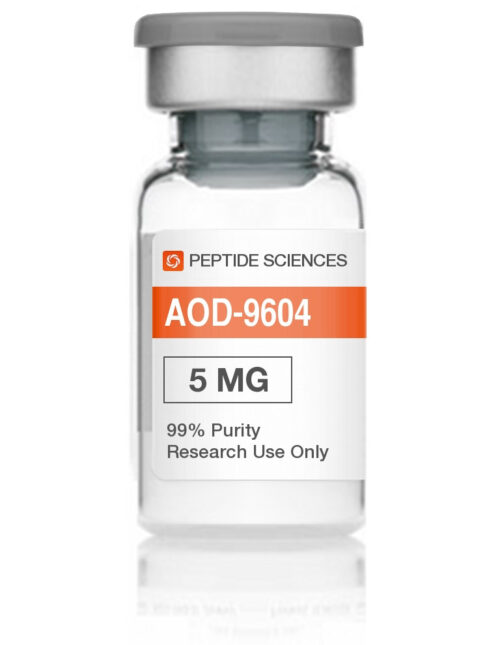
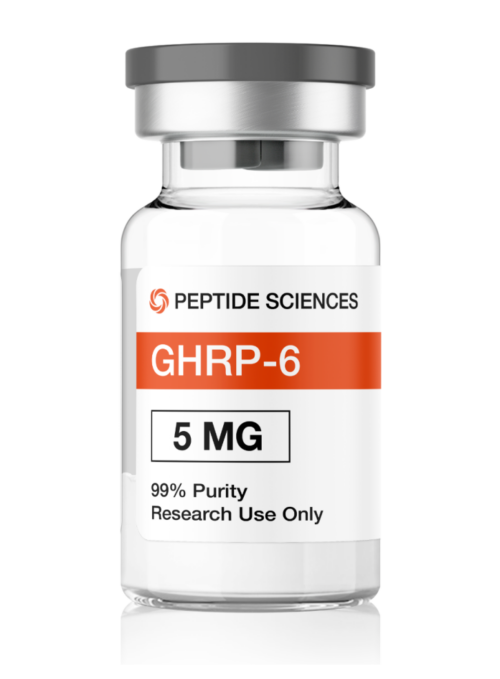
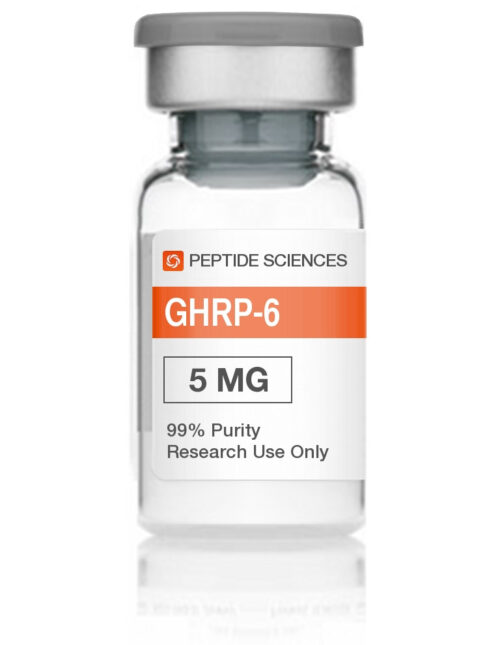
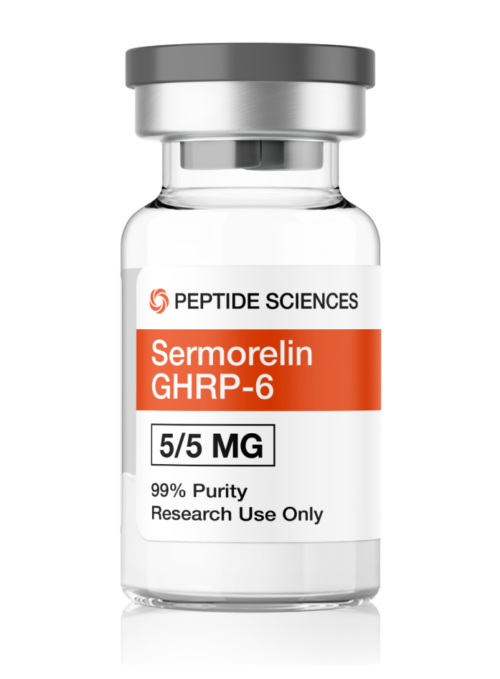
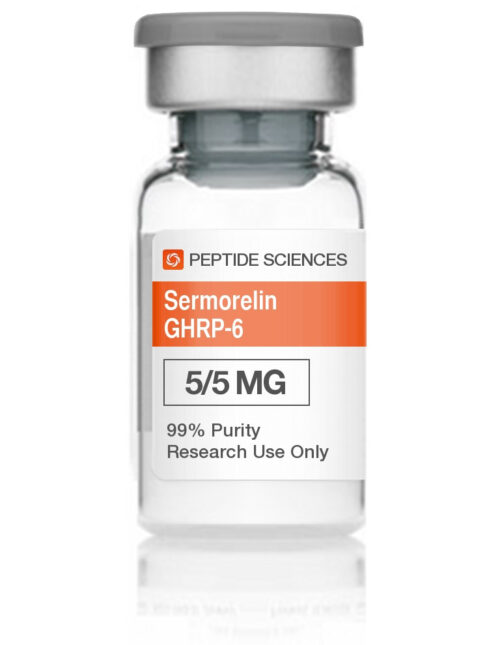
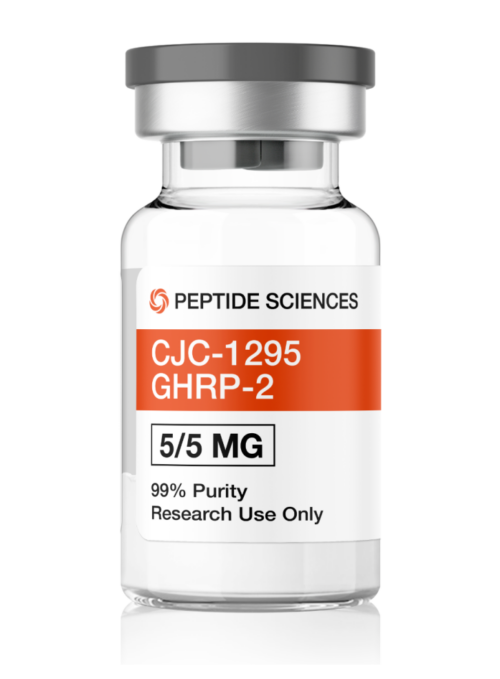
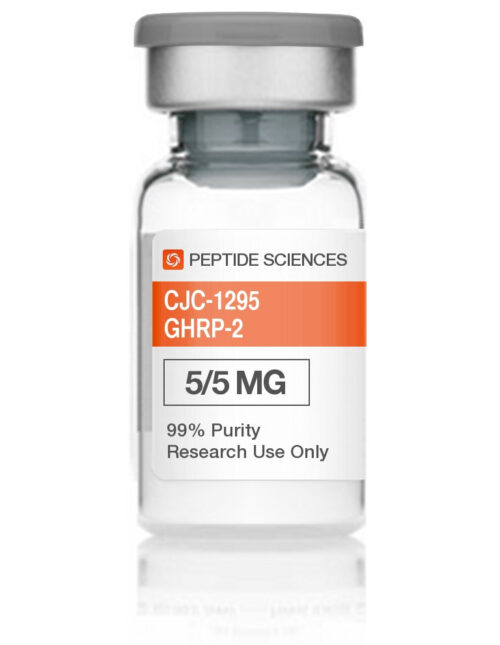

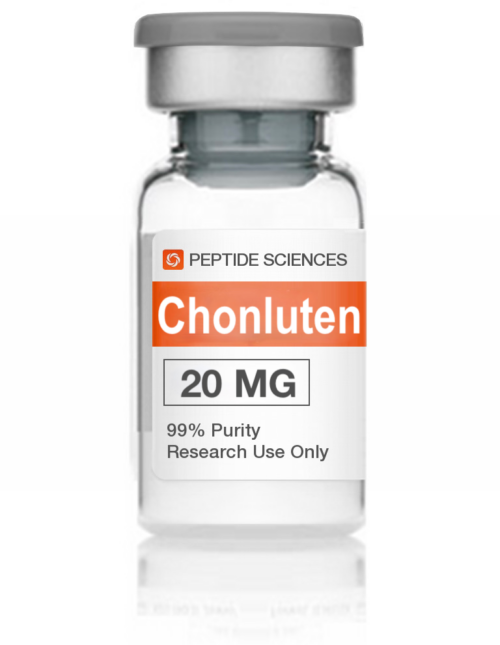
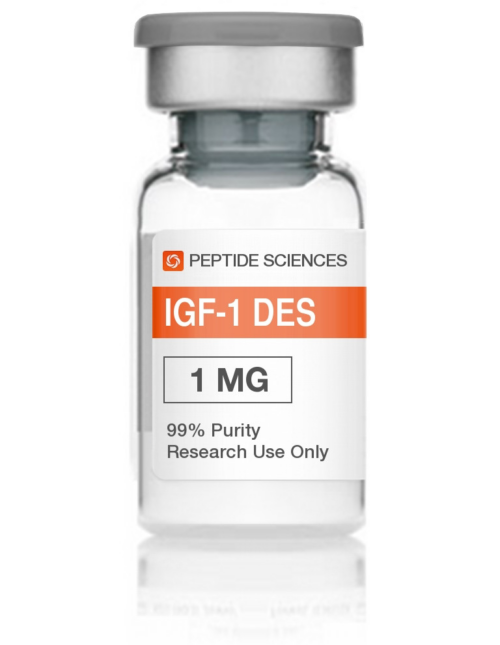
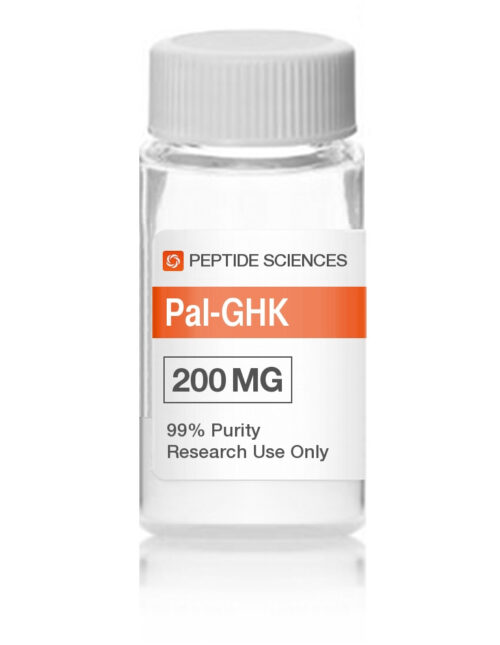
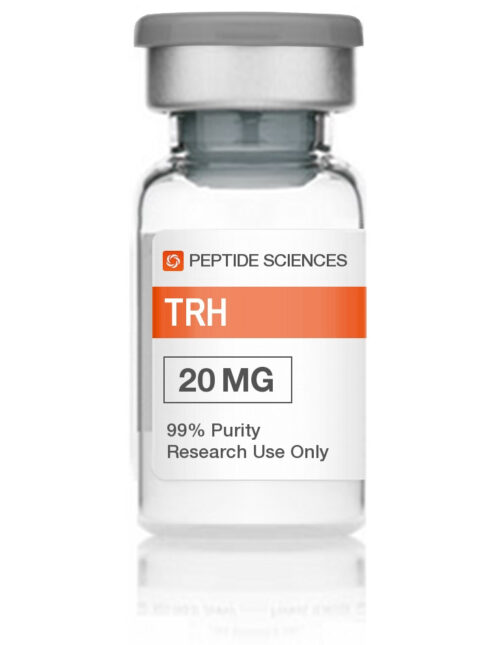

Reviews
There are no reviews yet.